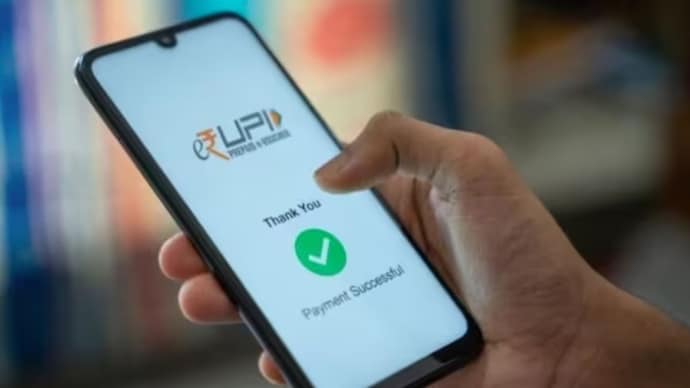UPI set a new record with over 700 million transactions in a single day
UPI hit a 700 million daily transaction mark on August 2, 2025 for the first time. This record-breaking figure was confirmed by NPCI.
Listen to the story

In short
- On average, UPI was doing about 650 million transactions per day in July.
- About 85 percent of all digital payments in India now pass through UPI
- Merchant Payment is about 62 percent of all UPI transactions
UPI of India has achieved another milestone on August 2, 2025, recording more than 707 million transactions in a single day. The data shared by the National Payments Corporation of India (NPCI) shows how fast the platform is growing. The UPI has come a long way in the last few years, doubling its daily use since 2023. Subsequently, it was handling about 350 million (35 million) transactions in a day – this number touched 500 million (50 crore) by August 2024, and now it has crossed 700 million (70 crores) comfortably. The Government of India is aiming to reach 1 billion (100 crore) transactions per day by next year.
What is UPI, and how does it work?
UPI, short for integrated payment interface, is a real -time payment system that allows users to send and receive money using their smartphones. It combines several bank accounts through a single mobile application, making the peer-to-peer and merchant transactions quick and easier. Once connected with the bank account, users can only pay using the phone number or UPI ID – there is no need to enter the card number or bank details. The platform is managed by NPCI and is used through apps such as PhonePe, Google Pay, Paytm, BHIM and others.
When did the UPI transaction cross the 700 million mark?
UPI hit a 700 million daily transaction mark on August 2, 2025 for the first time. This record-breaking figure was confirmed by NPCI. On average, UPI was doing about 650 million (65 million) transactions per day in July. A push in early August – when people pay rent, utility bills and salary transfer – possibly helping to cross the 700 million milestones.
What indicates crossing 700 million daily UPI transactions?
Crossing the 700 million daily transactions is more than only one number. This shows how deeply UPI is in India’s day-to-day financial life. About 85 percent of all digital payments in India now passes through UPI. Its popularity is not limited to small payments between friends or family; Traders make a growing stake, accounting for about 62 percent of all UPI transactions. This shows that most businesses – both big and small – have adopted the stage. UPI is also challenging global payments like Visa and MasterCard in terms of daily quantity. Difference of? UPI settles payments in real time, while card networks follow delayed disposal models.
Nevertheless, rapid growth increases some concerns. Currently, there is no merchant discount rate (MDR) on UPI payment, which means banks and payments do not earn more than app transactions. Fintech firms and industry bodies have insisted the government to bring back the MDR-at least big-ticut merchant transactions-to make the system financially durable. The RBI has supported this approach, saying that the quality and scale of the system must be a long -term revenue model.
questions to ask
Which platforms support UPI payment?
UPI payments are supported by many types of apps. Among the most commonly used people are Paytm, PhonePe, Google Pay, Amazon Pay, Bhima, and Banking Apps like SBI Yono, ICICI Imobile, HDFC Pyjap, others. Reliable money lending apps such as cred and slices also provide UPI payment. For reference, UPI has been integrated into more than 300 banks across the country and can be used for physical stores, online shopping, bill payments and even payments in donations.
Will this bounce in UPI use affect traditional banking or cash?
Yes, to some extent. As UPI keeps growing, the use of cash and even debit cards falls slow, especially in urban areas. Banks are still present through NEFT and IMPS, but less used for small transactions. While traditional banking still plays an important role-especially for large financial decisions, loans, or investments is becoming a Go-Two method for daily transactions. It also pushes India closer to becoming a low-cash economy. He said, rural areas and older generations still rely on cash, so a full innings will take longer.

